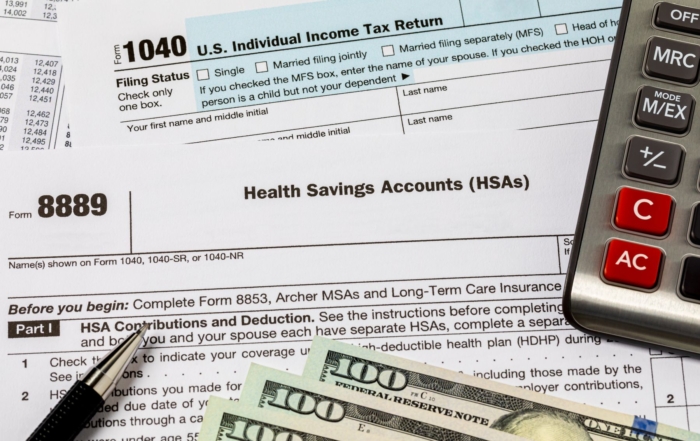Knowing where to go if you get sick or hurt can save you lots of time and money, and help you get the best medical care. How do you choose where to go when the unexpected happens?
The emergency room (ER) shouldn’t be your first stop — unless there’s a true emergency.
Go to the nearest emergency room or call 911 if:
- There is a lot of pain or bleeding.
- You think a bone is broken.
- You are having trouble breathing.
- You think the problem might get a lot worse if you don’t get help right away.
- You think the problem could kill you.
- There was no warning before your symptoms started.
If you need help but it isn’t an emergency, here are your options:
- Call your doctor. He or she can help you decide whether you should go to an urgent care or come into the office.
- Go to a retail health clinic. These are small offices in drug stores or other large stores. They are open on weekends, evenings and most holidays. If the clinic can’t help you, they’ll tell you where to go next and you won’t have to pay.
- Go to an urgent care center. Urgent care is for when you need to be treated right away, but your problem isn’t serious. These centers are typically open late at night, and on weekends and holidays.
- Visit a doctor using Telehealth. Board-certified doctors are available 24/7 to see you via video using your computer or mobile device. Use Telehealth for common health issues like the cold, a flu, allergies and pink eye.
When do I need emergency or urgent care?
While urgent and emergency situations are both serious, urgent care is for problems that need attention right away, but are not severe or life threatening. You should go to urgent care for things like an earache, sore throat, rash, sprained ankle, flu or a fever up to 104°. A higher fever might be an emergency.
Am I covered for emergency care?
Most health plans cover medical care at an ER for situations like the ones listed on the other side. But you may be responsible for the ER costs if you visit an ER when it’s not an emergency.
Am I covered for urgent care?
Urgent care is usually covered if it’s provided in a non-ER setting by a provider in the network. If you need urgent care and your doctor can’t see you right away, use your best judgment to decide what to do. To find a doctor, retail health clinic or urgent care center in your plan, please check with your health plan provider and follow the instructions to find health professionals near you.
Questions?
We are here to help, so check www.narfa.com for more information on how to contact your Trust Representative.
Recent Posts
Poison Ivy, Oak & Sumac Safety Guide for Landscaping, Construction, and Outdoor Workers
Why Construction and Outdoor Workers Need to Know About Poison Plants The CDC reports that 80-90% of adults develop rashes from poison ivy exposure, and [...]
Multi-State Business Operations: Insurance and Compliance Strategies for Growing New Hampshire Auto Companies
Picture a successful New Hampshire automotive dealership that starts with a single location in Manchester. Over time, they expand their service territory, hire employees who [...]
Revolutionary HSA Changes in the 2025 Budget Bill: Your Complete Guide to Expanded Benefits
Introduction: A Game-Changer for Healthcare Financial Planning The 2025 federal budget reconciliation bill, recently passed by the House, introduces the most significant expansions to Health [...]




